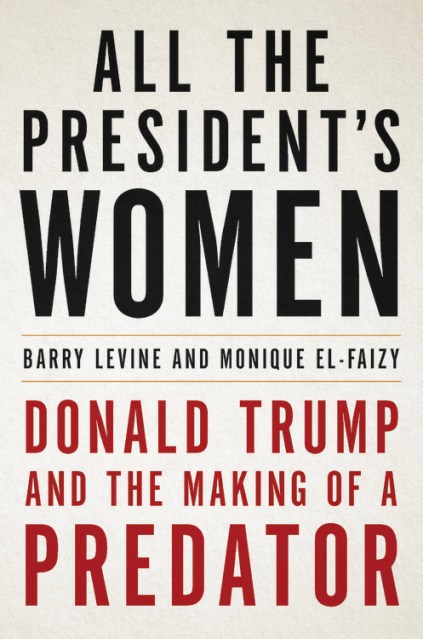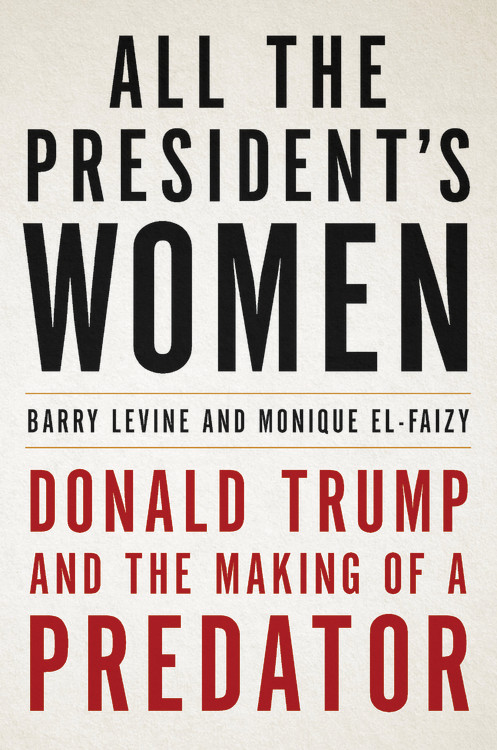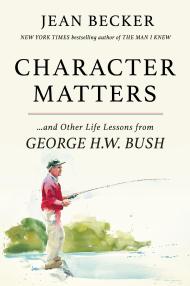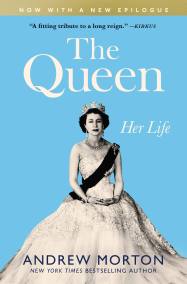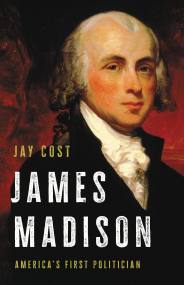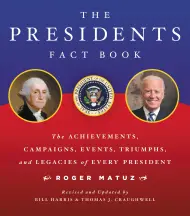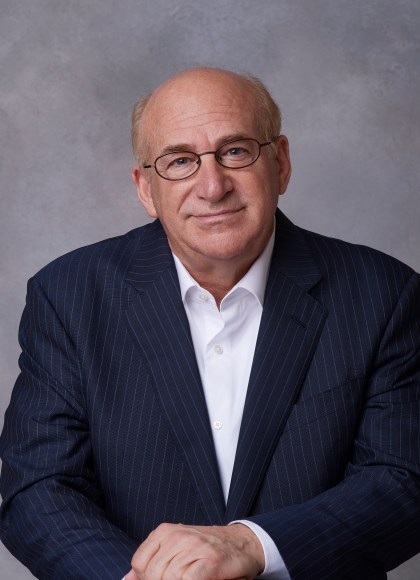All the President's Women
Donald Trump and the Making of a Predator
Contributors
By Barry Levine
Formats and Prices
Price
$29.00Price
$37.00 CADFormat
Format:
- Hardcover $29.00 $37.00 CAD
- ebook $13.99 $17.99 CAD
- Audiobook Download (Unabridged)
This item is a preorder. Your payment method will be charged immediately, and the product is expected to ship on or around October 22, 2019. This date is subject to change due to shipping delays beyond our control.
Also available from:
With groundbreaking interviews, behind-the-scenes reporting, and never-before-seen photos, All the President's Women records 43 new allegations of sexual misconduct against President Trump, including that of E. Jean Carroll, the woman at the center of the civil trial that found Trump liable for sexual abuse in 2023.
During his 2016 presidential run, the revelation of the Access Hollywood tape and subsequent allegations of sexual misconduct lodged against Donald Trump looked like they might doom his candidacy. Trump survived, and the first two years of the real estate scion's presidency were marked not by controversy over his behavior around women but by the Mueller investigation.
Outside of being found liable for sexual abuse in a 2023 civil trial that awarded E. Jean Carroll $5 million in damages, Trump has widely dodged the #MeToo bullet that has taken down so many once-powerful men. But despite the decades of tabloid fascination with his personal life, the story of Trump's relationship with women has never been fully told. Considering his bully pulpit in the White House, the reckoning is overdue.
All the President's Women offers the most detailed account yet of Trump's history with women, dating back to his childhood and high school days through his rise in real estate, reality TV, and politics. This book will show that Trump's behavior goes far beyond occasional "locker-room talk" and unwanted advances.
Barry Levine and Monique El-Faizy detail more than a dozen new allegations against Trump, including a disturbing attack on a woman at Mar-a-Lago, an incident at a private Manhattan sex club involving a teenage girl, as well as Trump's behavior at fashion shows and beauty pageants–events that gave the future president a hunting ground to harass young women.
Veteran journalists Levine and El-Faizy tell the story of Trump from the point of view of the women in his orbit–wives, mistresses, playmates, and those whom the president has dated, kissed, groped, or lusted after.
During his 2016 presidential run, the revelation of the Access Hollywood tape and subsequent allegations of sexual misconduct lodged against Donald Trump looked like they might doom his candidacy. Trump survived, and the first two years of the real estate scion's presidency were marked not by controversy over his behavior around women but by the Mueller investigation.
Outside of being found liable for sexual abuse in a 2023 civil trial that awarded E. Jean Carroll $5 million in damages, Trump has widely dodged the #MeToo bullet that has taken down so many once-powerful men. But despite the decades of tabloid fascination with his personal life, the story of Trump's relationship with women has never been fully told. Considering his bully pulpit in the White House, the reckoning is overdue.
All the President's Women offers the most detailed account yet of Trump's history with women, dating back to his childhood and high school days through his rise in real estate, reality TV, and politics. This book will show that Trump's behavior goes far beyond occasional "locker-room talk" and unwanted advances.
Barry Levine and Monique El-Faizy detail more than a dozen new allegations against Trump, including a disturbing attack on a woman at Mar-a-Lago, an incident at a private Manhattan sex club involving a teenage girl, as well as Trump's behavior at fashion shows and beauty pageants–events that gave the future president a hunting ground to harass young women.
Veteran journalists Levine and El-Faizy tell the story of Trump from the point of view of the women in his orbit–wives, mistresses, playmates, and those whom the president has dated, kissed, groped, or lusted after.
-
"Barry Levine... and Monique el-Faizy are well placed to write this alarming book....Their book is lurid [and] informative....All the President's Women is breezy but heavy."The Guardian
-
"What emerges from this compendium of reporting are disturbing patterns of predatory behavior from a man who uses wealth and power to abuse women, as well as deep insight to the cultural forces that have allowed such predators to operate free of consequences."Esquire.com
-
"An in-depth exploration of Trump's tendency to objectify the women who cross his path....Explosive....The most powerful element of the book, however, is the index included at its conclusion: a list of the many, many women who have come forward to claim that Trump mistreated them. The accounts vary; the theme does not....The book also offers damning evidence, collectively, of Trump's lifelong treatment of women as playthings; it could operate just as readily as a textbook on the workings of rape culture."TheAtlantic.com
-
"A thorough... history of Trump's behavior toward women...[All the President's Women] elicits disgust and anger...assembl[ing] Trump's cruelties and transgressions into one neat volume."The Washington Post
-
"A searing account....An incredible tale and a necessary...volume of [Trump's] improprieties."AOL Build
-
"It is [the] narration, combined with a stunning 43 new allegations of Trump's sexual misconduct, that makes All the President's Women such an impactful read. Levine and El-Faizy painstakingly document Trump's decades-long history of treating women as objects and accessories."HuffPost
-
"All the President's Women shows the most powerful rapist in the world should be seen as a predator first, and a president second....Maybe this is the book that will change everything....Compelling."Jessica Valenti, Medium.com
-
"Perhaps for some readers, seeing every public and alleged instance of Trump's sexism laid out in one place will be the jolt they need to reignite a healthy sense of outrage. But All the President's Women also makes the case that a lot of Trump's behavior is already normalized, which is how he's gotten away with it for so long....Worthwhile reporting."Slate.com
-
"An exhaustive... compendium....With so many horrific anecdotes one after the other, the through line of the story is... the unrepentant predator."Rawstory.com
-
"Perhaps the power of All the President's Women may best be summed up on page 250. In an appendix titled 'All the President's Women A to Z,' the authors list, one by one, each accusation of improper behavior against Trump. It's 56 pages long."The Wrap
-
"A deep dive into the sordid sociopathy of the current occupant of the Oval Office."The Village Sun
-
"[One] of the best books to come out of the Me Too Movement."Women.com
-
"[The book] pulls no punches.... [All the President's Women] in broader terms, also looks at the effect of Trump's presidency on America. He has both regressed the country and galvanized it."RawStory
-
"A thorough and disturbing rundown of President Trump's attitudes toward and interactions with women....This somber narrative makes a strong case that Trump's history of sexual misconduct goes far beyond 'locker room talk.'"Publishers Weekly
-
"A comprehensive, yet thoroughly disturbing look at the president's history and pattern of sexual misconduct....The significant new material and the book's usefulness as a single-volume source on the topic make this not only a critical current read but one likely to become even more important in the future."Library Journal (starred review)
- On Sale
- Oct 22, 2019
- Page Count
- 384 pages
- Publisher
- Hachette Books
- ISBN-13
- 9780316492669
Newsletter Signup
By clicking ‘Sign Up,’ I acknowledge that I have read and agree to Hachette Book Group’s Privacy Policy and Terms of Use
